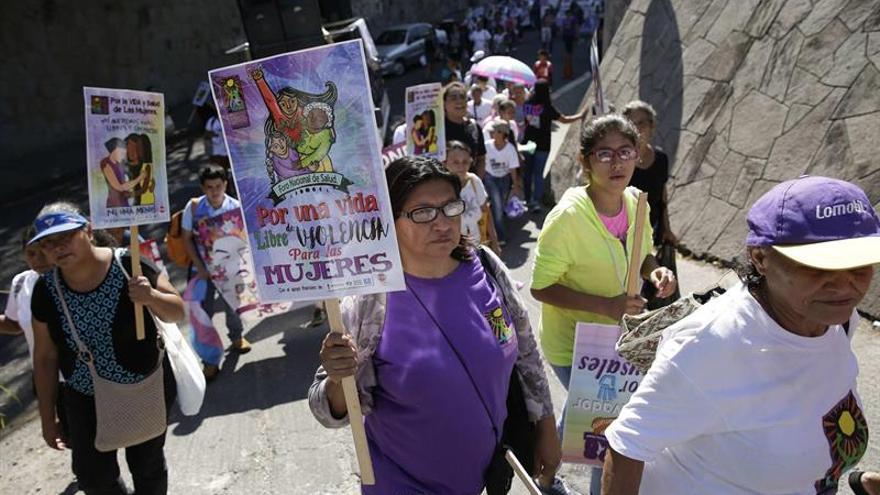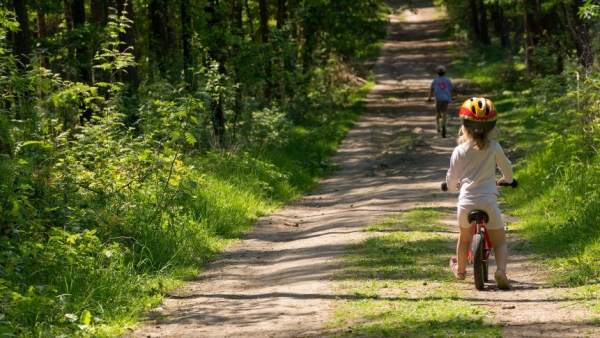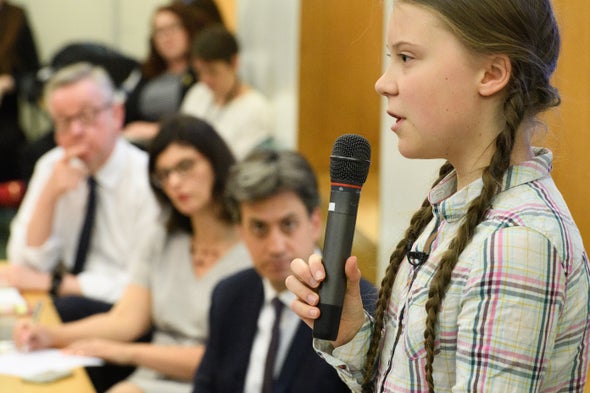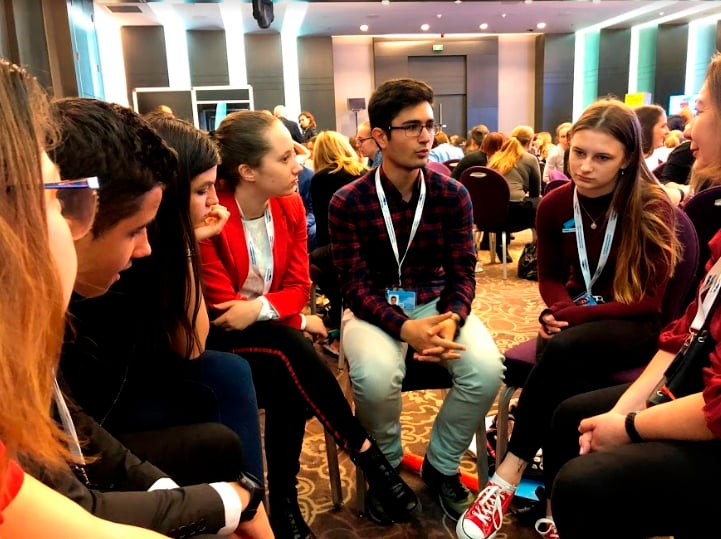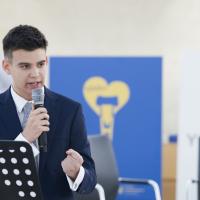Guatemala,
Ecuador y Nicaragua responderán ante el Comité de Derechos Humanos
por
una legislación que penaliza a las víctimas.
América Latina, a la cola
en derecho al aborto.
Luis Pablo Beauregard,
México 29 MAY 2019,
Una niña de 13 años violada por un sacerdote en Nicaragua. Una menor abusada sexualmente por su abuelo en la zona caribeña del mismo país centroamericano. En Guatemala, una víctima de 12 años violada por un funcionario gubernamental responsable de un programa de apoyo a la niñez. Y en Ecuador, otra niña de 12 con la vida rota por el incesto.
Todas ellas fueron madres demasiado pronto
sin que se les dieran opciones para abortar.
Estos cuatro casos se presentan hoy en el Comité de Derechos Humanos de Naciones Unidas, en un litigio único que ilustra uno de los más dolorosos estigmas de América Latina, la única región del mundo donde aumenta la violencia sexual contra las niñas.
La demanda en contra de los Estados en los que se registraron las violaciones —Guatemala, Ecuador y Nicaragua— la llevan Ginebra Planned Parenthood Global, una organización por los derechos sexuales y reproductivos de las mujeres, otras seis asociaciones de la región y el Centro de Derechos Reproductivos estadounidense.
La acción pretende impulsar una reforma legal. Los derechos que el comité de la ONU declare violados crearán estándares para todos los Estados que han ratificado el pacto de derechos civiles y políticos. Se prevé que se soliciten medidas generales para cambiar la situación legal en el territorio. “Esto se puede traducir en una despenalización del aborto en Nicaragua o protocolos de implementación en Guatemala”, señala Catalina Martínez, directora regional para América Latina y el Caribe del Centro de Derechos Reproductivos.
“Los Estados tendrán que cumplir los estándares que dicte el comité”, explica también Ximena Casas, de Planed Parenthood Global.
Los funcionarios de Naciones Unidas escucharán a las víctimas de Ecuador y Guatemala. La ecuatoriana Norma (nombre ficticio) fue violada a los 12 años por su padre. Sus hermanas y primas también fueron violentadas por su padre, padrastros y tíos. Hoy cuida de su hijo en una casa de acogida donde recibe atención psicológica. En Ecuador, siete niñas menores de 14 años resultan embarazadas al día por la violencia sexual.
Fátima, originaria de Guatemala, tiene 21 años. Hace nueve fue violada por un hombre cercano a su familia que era empleado de la Secretaría de Bienestar Social. Ocurrió en una guardería gubernamental donde la ingresó su madre al morir el padre. Allí estuvo con su hermana y ambas fueron víctimas de aquel hombre. Casi una década después, el violador y padre del hijo de Fátima no ha sido llevado a la justicia. “Si el Estado no lo detiene es porque no quiere”, asegura Paula Barrios, de Mujeres Transformando el Mundo, una de las organizaciones que va a Ginebra.
América Latina tiene la segunda tasa más alta de embarazos adolescentes tras África. Pero es la única región donde aumenta la violencia sexual contra ellas. Faltan medidas en materia de derechos sexuales y reproductivos y está prohibido al acceso a la pastilla del día después.
Planned Parenthood calcula que en la zona se supera el millón de niñas que sufren violencia sexual cada año. La organización documentó en 2015 más de 214 casos en los que detallaron el impacto mental y social entre las víctimas, ahogadas por la depresión, la angustia y los pensamientos suicidas. El suicidio es la segunda causa de muerte entre los adolescentes. En Guatemala, por ejemplo, el embarazo adolescente es la primera causa de abandono escolar.
Las activistas de la organización han encontrado un patrón en el que se desenvuelven estos comportamientos criminales. “En estos países, el Estado falla dos veces. No protege a las niñas de la violencia sexual y les impone un embarazo producto de un delito en donde ellas no pueden tomar sus decisiones”.
Hay 26 países en el mundo que son muy restrictivos con el aborto (lo penalizan o solo lo permiten para salvar la vida de la madre). Entre los que lo castigan totalmente, seis están en América: Nicaragua, Honduras, El Salvador, Surinam, Haití y República Dominicana. En Nicaragua, ocho de cada diez víctimas de violación tienen menos de 13 años, según Planned Parenthood.
La decisión de presentar los casos ante la ONU pretende impulsar cinco estándares: primero, obligar a una niña violada a continuar el embarazo es cruel, inhumano y degradante. El segundo llama a respetar la autonomía y capacidad de juicio de las niñas. El tercero pide tratar este asunto como discriminación de género, pues muchas de las niñas y mujeres no tienen acceso a los servicios de salud sexual y reproductiva. El cuarto es el derecho a la integridad personal: que las menores que quieran abortar no sean tratadas como criminales, el aborto debe ser materia de servicios de salud y no del código penal. El quinto, y último, es el derecho a la vida: las menores de 14 años tienen cuatro veces más riesgo de morir en el parto.
El caso buscará reparaciones pero, para Ximena Casas, “es una oportunidad única para garantizar que las vulneraciones no vuelvan a ocurrir”, añade.
Más Información:
Las niñas violadas obligadas a ser madres llevan su causa a la ONU
Las niñas violadas obligadas a ser madres llevan su causa a la ONU
GUATEMALA | “Fue muy duro. No tuve posibilidad de decir no quiero”
Las niñas violadas obligadas a ser madres llevan su causa a la ONU
NICARAGUA | “Esta penalización ha condenado a las pobres a la muerte”

